A look at the childhood experience throughout history. My main area of study is the colonial and revolutionary America but I will share on other periods as much as I can on occassion and would be happy to research other periods and/or cultures on request. Original research/sources and reblogs. Main blog: stories-of-the-past
Don't wanna be here? Send us removal request.
Link
11 notes
·
View notes
Photo


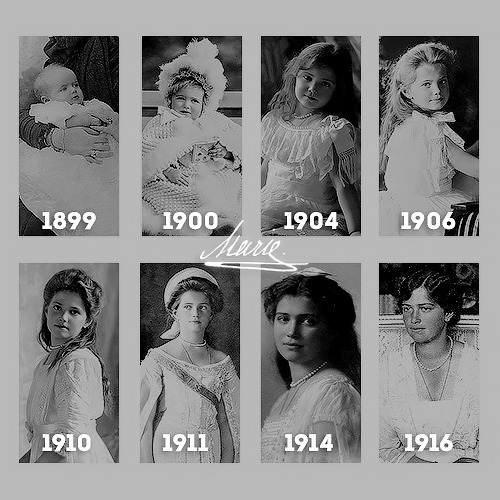

Official photographs taken of Grand Duchesses Olga, Tatiana, Maria and Anastasia Nikolaevna throughout the years.
1K notes
·
View notes
Link
#American Revolution#women's history#eighteenth century#elizabeth zane#betty zane#frontier#children in war#journal of the american revolution
2 notes
·
View notes
Photo


Lewis Hine photograph | illustration by Nancy Niles from Samantha Learns A Lesson
Lewis Hine was a photographer who photographed immigrants and child laborers in the early 20th century. His photographs opened the eyes of the American public to the reality of life in the tenements and the unsafe working conditions of children as young as two who picked fruit, shucked oysters, sold newspapers, mined coal, and worked in thread factories. Because of his photography, laws were eventually passed requiring children to attend school, which kept them out of dangerous jobs.
#lewis hine#working children#american girl#nineteenth century#samantha parkington#photographs#historical fiction#education
46 notes
·
View notes
Photo

Charlotte Collyer and her daughter Marjorie were second-class passengers aboard the Titanic. Charolotte’s husband did not survive the sinking. The two were interviewed and photographed by the press almost immediately upon arriving in the US, providing one of the most detailed and emotional accounts of the event. The family’s entire life savings had been on board with them and was lost with the ship.
Source: https://populareverything.com/colorized-photos-of-life-on-the-titanic-days-before-it-sank/?utm_source=fb&utm_medium=pix&utm_term=ip&utm_campaign=titanic_B1_ZRON&fbclid=IwAR0xxNuHFkoRiiZrLhSsSdt9X6hJA8FOq61DwNyoMVhgnrjptn7OaA67enw
#Titanic#Mother and child#mourning#white star line#1900s#1900s fashion#photographs#colorized photographs#1912
4 notes
·
View notes
Photo

Tsar Nicholas II of Russia with his daughters in 1914
#russian royalty#royal children#Romanov#family photographs#1900s fashion#parents and children#photographs#1900s#early 1900s#leisure activity
68 notes
·
View notes
Photo

Newsboy selling papers announcing the tragedy of the Titanic.
Source: https://populareverything.com/colorized-photos-of-life-on-the-titanic-days-before-it-sank/?utm_source=fb&utm_medium=pix&utm_term=ip&utm_campaign=titanic_B1_ZRON&fbclid=IwAR0xxNuHFkoRiiZrLhSsSdt9X6hJA8FOq61DwNyoMVhgnrjptn7OaA67enw
#newsboys#Titanic#working children#urban children#Newsies#newspapers#photographs#colorized photographs#1900s#1912#early 1900s
130 notes
·
View notes
Photo

Michael and Edmund Navratil, two young survivors of the Titanic. They and their father sailed as second-class passengers however the father died after seeing them onto a life boat. Their mother had remained in France and it was two weeks before they were reunited with her.
Source: https://populareverything.com/colorized-photos-of-life-on-the-titanic-days-before-it-sank/?utm_source=fb&utm_medium=pix&utm_term=ip&utm_campaign=titanic_B1_ZRON&fbclid=IwAR0xxNuHFkoRiiZrLhSsSdt9X6hJA8FOq61DwNyoMVhgnrjptn7OaA67enw
2 notes
·
View notes
Photo

Durham Miners’ Gala, Tony Ray-Jones, 1969
110 notes
·
View notes
Text
Would also add that the presence of schools wasn't what got kids out of factory labor (as stated above they existed long before). Child labor was stopped by people actively speaking up and pushing for it, maybe some of those people were affiliated with schools and maybe some schools supporter organizations petitioning to end child labor but it did not just happen because of schools. In fact during the industrial era a lot of organizations wound up offering classes outside regular working hours just to try and make education available to children who were working just to survive (Lodging Houses and religious groups for example).

49K notes
·
View notes
Photo
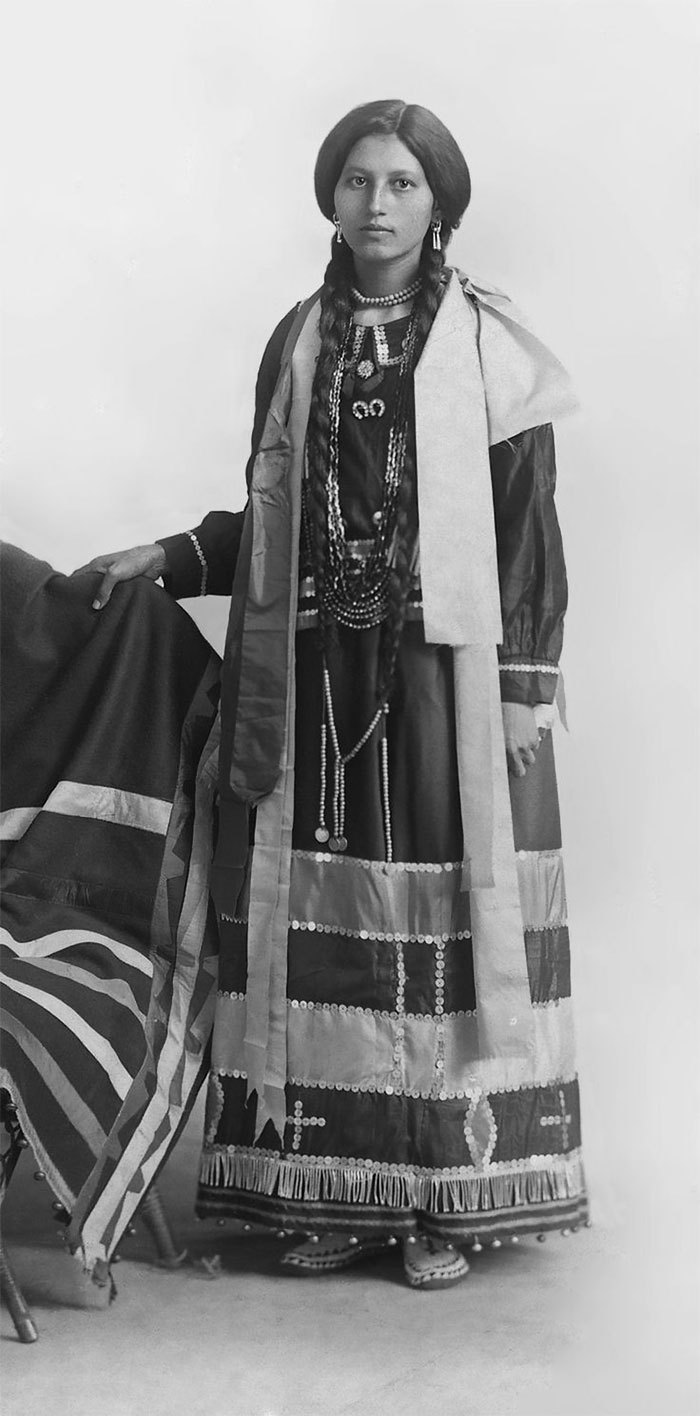
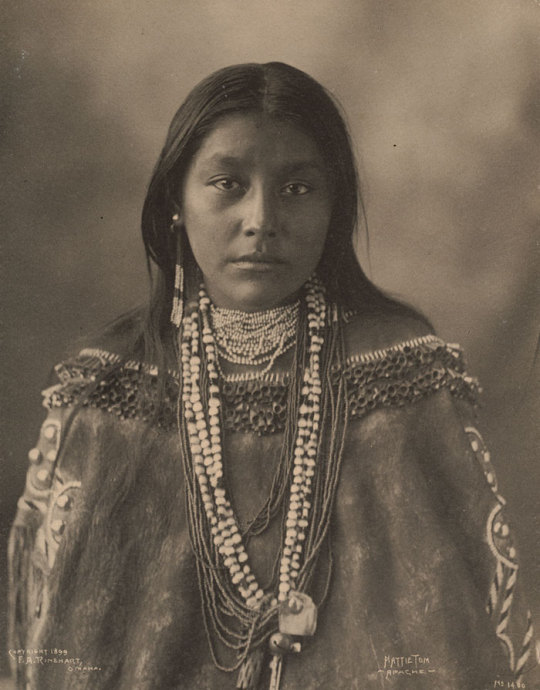


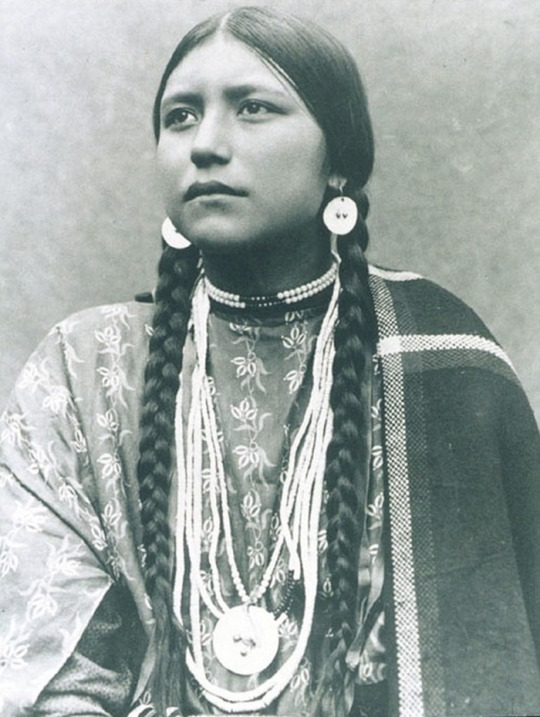
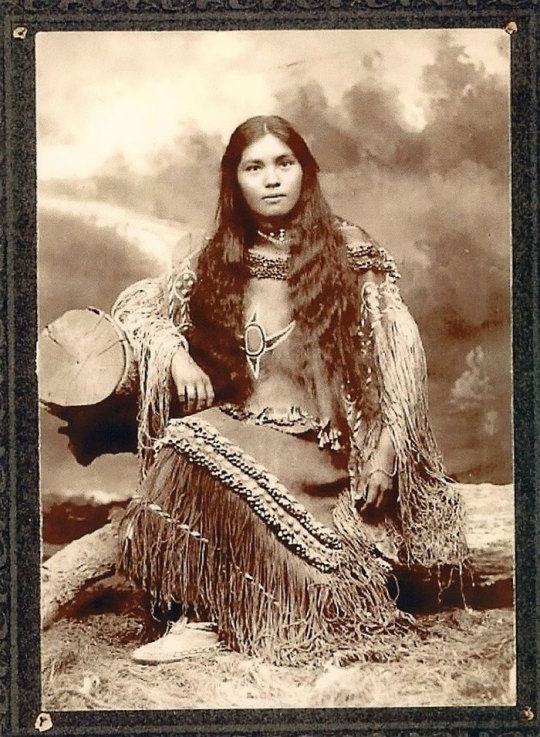
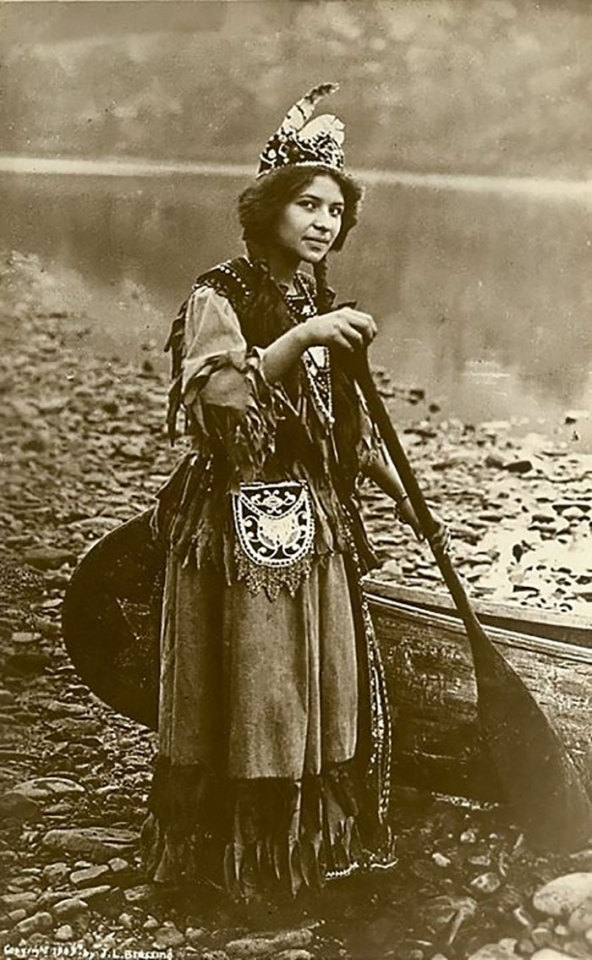
1800s-1900s Portraits Of Native American Teen Girls Show Their Unique Beauty And Style (15+ Pics)
#nineteenth century#1900s#native american#teenagers#women's history#young women#fashion history#photographs
171K notes
·
View notes
Photo

Nestlé`s Food for Infants, 1897, Alphonse Mucha
Medium: lithography
https://www.wikiart.org/en/alphonse-mucha/nestlé-s-food-for-infants-1897
158 notes
·
View notes
Text
I’m tired of hearing people say “Disney’s Cinderella is sanitized. In the original tale, the stepsisters cut off parts of their feet to make the slipper fit and get their eyes pecked out by birds in the end.”
I understand this mistake. I’m sure a lot of people buy copies of the complete Grimm’s Fairy Tales, see their tale of Aschenputtel translated as “Cinderella”, and assume what they’re reading is the “original” version of the tale. Or else they see Into the Woods and make the same assumption, because Sondheim and Lapine chose to base their Cinderella plot line on the Grimms’ Aschenputtel instead of on the more familiar version. It’s an understandable mistake. But I’m still tired of seeing it.
The Brothers Grimm didn’t originate the story of Cinderella. Their version, where there is no fairy godmother, the heroine gets her elegant clothes from a tree on her mother’s grave, and where yes, the stepsisters do cut off parts of their feet and get their eyes pecked out in the end, is not the “original.” Nor did Disney create the familiar version with the fairy godmother, the pumpkin coach, and the lack of any foot-cutting or eye-pecking.
If you really want the “original” version of the story, you’d have to go back to the 1st century Greco-Egyptian legend of Rhodopis. That tale is just this: “A Greek courtesan is bathing one day, when an eagle snatches up her sandal and carries it to the Pharaoh of Egypt. The Pharaoh searches for the owner of the sandal, finds her and makes her his queen.”
Or, if you want the first version of the entire plot, with a stepdaughter reduced to servitude by her stepmother, a special event that she’s forbidden to attend, fine clothes and shoes given to her by magic so she can attend, and her royal future husband finding her shoe after she loses it while running away, then it’s the Chinese tale of Ye Xian you’re looking for. In that version, she gets her clothes from the bones of a fish that was her only friend until her stepmother caught it and ate it.
But if you want the Cinderella story that Disney’s film was directly based on, then the version you want is the version by the French author Charles Perrault. His Cendrillon is the Cinderella story that became the best known in the Western world. His version features the fairy godmother, the pumpkin turned into a coach, mice into horses, etc, and no blood or grisly punishments for anyone. It was published in 1697. The Brothers Grimm’s Aschenputtel, with the tree on the grave, the foot-cutting, etc. was first published in 1812.
The Grimms’ grisly-edged version might feel older and more primitive while Perrault’s pretty version feels like a sanitized retelling, but such isn’t the case. They’re just two different countries’ variations on the tale, French and German, and Perrault’s is older. Nor is the Disney film sanitized. It’s based on Perrault.
99K notes
·
View notes
Photo

~ Berne High School Yearbook, 1916; Berne, Indiana, USA.
51 notes
·
View notes
Photo


The infamous birth announcement of the then Princess Elizabeth, daughter of Anne Boleyn and Henry VIII. In the second closeup picture, if you look at the third line of text you can see where the extra S was squeezed in to make “Princess” instead of “Prince” after she was born a girl and not the expected son.
By the Queen
Right trusty and well-beloved, we greet you well. And whereas it hath pleased the goodness of Almighty God of His infinite mercy and grace to send unto us at this time good speed in the deliverance and bringing forth of a princess to the great joy and inward comfort of my Lord, us, and of all his good and loving subjects of this his realm, for which inestimable benevolence so shown unto us we have no little cause to give high thanks, laud and praise unto our said Maker, like as we do most lowly, humbly, and with all the inward desire of our heart. And inasmuch as we undoubtedly trust that this our good speed is to your great pleasure, comfort and consolation, we therefore by this our letters advertise you thereof, desiring and heartily praying you to give with us unto Almighty God high thanks, glory, laud and praise, and to pray for the good health, prosperity, and continual preservation of the said Princess accordingly. Given under our signet at my lords’ Manor of Greenwich. The 7th day of September, in the 25th year of my said lord’s Reign.
#royal children#queen elizabeth i#tudors#birth announcements#Letters#sixteenth century#english royalty
121 notes
·
View notes
Photo










On 23 August (Thursday) 1498 Isabella of Aragon, Queen Consort of Portugal, Infanta of Castile and Aragon, Princess of Asturias and Girona died in childbirth in Zaragoza, Kingdom of Aragon
She, lamented Mártir, had the gifts of soul of her mother, her great virtue and magnanimity, but was so different physically. The mother was stout, the daughter thin, so thin she could not support the anguish of giving birth. She had frequently predicted her own death and had had the viaticum and friars on hand to confess her. To her mother, she had left one compensation, a grandson who could become the sovereign of the Iberian kingdoms. The child, named Miguel, was not strong, but a month later the signs that he would survive were sufficient that his father Manoel, leaving the infant with his grandparents, returned to Portugal. Isabel lay abed, ill beforehand and now stricken with grief at the death of her favorite daughter. Peggy K. Liss, Isabel the Queen: Life and Times
Isabella of Aragon’s death as described by Damião de Góis
The queen doña Isabel, wife of king D. Manuel, princess of Castile, was not well and her main illness came from frail health and thinness, and since there were signs she could die, she made her testament, in which she left the king, her husband as executor. She, being in fear, on August 24th of Lord’s year 1498, the day of Saint Bartholomew, gave birth with much effort to a boy, who was called D. Miguel, heir prince to kingdoms of Portugal, Castile, Leon, Sicily, and Aragon. The princess gave birth in the presence of king D. Fernando, queen doña Isabel and king D. Manuel. The enjoyment and excitement were such that king D. Fernando left the chamber and said loudly with much delight to all lords and knights, who were in another house, that thank God a boy was born, and when the news was known by the city, bells started ringing and everyone started throwing parties, like it was required by such news. But later everything turned into a lot of sadness, as king D. Fernando coming back to the chamber where the queen, his daughter was, found her dying of blood loss, which could not be stopped, and already deprived of vital spirits, he took her in his arms, reminding her of what was convenient for her soul before she expired. Damião de Góis, Chronica do felicissimo rei Dom Emanuel
Isabella was buried at the convent of Santa Isabel in Toledo.
#parents and children#royal children#childbirth#medical history#isabella of aragon#fifteenth century#1400s#1490s
154 notes
·
View notes
Photo

Fred Astaire teaching his son some moves at their home in 1940.
#family photographs#dancing#fred astaire#parents and children#fathers and sons#leisure activity#photographs#education#1940s
224 notes
·
View notes